Plans to resurrect the Microbus can be traced back more than 21 years to when Volkswagen, headed by the enigmatic Ferdinand Piech and buoyed by the positive response to its modern-day recreation of the iconic Beetle, revealed a retro-inspired MPV concept called the Microbus at the 2001 Detroit motor show.
Based on the fifth-generation Multivan, the well-received seven-seater was styled in the same Californian-based design studio as what was called the New Beetle. It also featured many of the exterior design cues seen on the original T2 Volkswagen commercial van sold between 1950 and 1975, albiet in a much larger form, at 4722mm in length.
READ MORE: New 2022 Volkswagen ID Buzz EV revealed in MPV and van forms
Boasting an interior with art deco accents and three rows of seats, the first in four different concepts attempting to revive the spirit of the Microbus was conceived to run a variety of front-mounted combustion engines, including a 3.2-litre V6 petrol unit with a claimed 230bhp and 236lb ft of torque.
Ironically, though, given the driveline of the new ID Buzz, the one-off Microbus concept we drove in New York later that year was powered by a small electric motor, “for transport mobility purposes” as the paperwork we were asked to sign suggested.

The reaction to the original Microbus concept reached well beyond expectations, particularly in the US, a market in which Volkswagen was determined to significantly increase sales and lift its reputation as a maker of reliable but conservatively styled cars and commercial vehicles. As with the resurrected Beetle, the Microbus's throwback styling successfully recaptured the free-living spirit of the late 1960s in an automotive world increasingly preoccupied by ever larger, ever thirstier SUVs in the early 2000s.
After internal studies were initiated to determine whether the Microbus could possibly pass all relevant crash test legislation without any major changes to its bluff front end design, most notably its forward-mounted windscreen, it was granted a production green light by then Volkswagen chairman Bernd Pischetsrieder, who announced it would be built at the company’s commercial vehicle plant in Hanover, Germany, starting in 2005. Volkswagen even announced a price of “around $30,000”.
"The design is signed off. It is much more refined now with the right combination of retro elements and a modern vehicle that is very attractive. We expect about 50% of our volume to be sold in the US," Pischetrieder told Autocar in an interview at the Frankfurt motor show in 2003.
His plans didn’t last long, though.
When Pischetsrieder was dumped as Volkswagen chairman by the German car maker’s board in 2006, the decision to produce the Microbus was quickly overturned, a victim of a wave of cost-cutting measures instigated by his direct successor as chairman of the Volkswagen brand, Wolfgang Bernhard, according to those involved in the project.
Volkswagen, somewhat traumatised by this initial attempt at reviving the Microbus, took another eight years before it revisited the idea of the Microbus as a separate model to the Multivan with the unveiling of the Bulli concept at the 2011 Geneva motor show. By then, Bernhard had long departed his Wolfsburg office, his positioned filled by Martin Winterkorn, who, like Piech and Pischetsrieder, also oversaw the operations of the rest of the Volkswagen Group.

Much smaller than the Microbus concept, at 3960mm in length, the Bulli was based on Volkswagen’s MQB platform and was conceived around a newly developed electric driveline featuring a front-mounted 85kW electric motor and, by today’s standards, a relatively small, 40kWh battery.
Developed by Volkswagen’s passenger car department rather than the commercial vehicle division credited with the original Microbus concept, the Bulli featured a six-seat interior and was touted as a possible addition to the German car maker’s line-up as an MPV alternative to the Caddy, Touran, Sharan and Multivan.
At the time of its unveiling, Volkswagen chairman Winterkorn suggested the Bulli could be produced alongside the reborn Beetle at the company’s Peubla plant in Mexico. Ultimately, though, it was deemed too small for the key US market and all plans for production were buried.
Five years later, Volkswagen – heavily under fire with the Dieselgate emissions cheating scandal in the headlines but still convinced about the sales potential of a modern-day Microbus – presented the electric-powered Budd-E concept.
Unveiled at the 2016 Consumer Electronics Show in Las Vegas, it showcased the company’s plans for a dedicated electric car platform, the so-called MEB (Modular Elektrik Baukasten) structure that underpins all of Volkswagen’s existing ID-branded models, including the ID Buzz.
Described as a “gateway to the future”, the four-seat Budd-e was intended to form the centrepiece of an ambitious electric car initiative instigated by new chairman Matthias Müller, who had replaced Winterkorn in 2015. At 4597mm in length, it was significantly larger than the Bulli concept, although not quite as long as the original Microbus concept shown 15 years prior.

The Budd-e concept put on display in Las Vegas boasted a dual-electric-motor driveline with a claimed 302bhp and 361lb ft together with a large, 95kWh lithium ion battery that, Müller contended, gave it a range of up to 331 miles on the NEDC test cycle – a considerable 213 miles more than Volkswagen claimed for the existing Volkswagen e-Golf at the time.
In the end, though, the Budd-e’s road to production was halted by yet another change in Volkswagen chairmanship, as Müller – who was closely linked with Winterkorn, the man at the centre of the Dieselgate scandal – was pushed aside and replaced by former BMW R&D boss Herbert Diess.
Despite rejecting the Budd-e in favour of a more compact hatchback-like offering that would go on to form the basis of the first of the ID-branded models, the Volkswagen ID 3, Diess immediately doubled down on efforts to revive the Microbus by providing the company’s design team with increased funding and a brief to deliver a van with all the style of the original concept but based on the MEB platform. The result was the ID Buzz.
First shown at the 2017 Detroit motor show, it immediately made a big impact with the media and public alike thanks to its retro-futuristic design. Calls for its production were reminiscent of those for the original Microbus concept in 2001.
Diess told Autocar: “The Volkswagen brand’s big electric offensive begins in the year 2020 with a completely new vehicle architecture. That is when we will be launching a new generation of fully connected, all-electric vehicles on the market. By 2025, we want to be selling one million of these vehicles annually. We are making electric mobility the new trademark of Volkswagen.”
At 4941mm in length, the ID Buzz concept was 344mm longer than the Budd-e concept. Hinting at four-wheel drive capability, the concept showcased a dual-electric-motor driveline developing 369bhp – sufficient, claimed Volkswagen at the time, for a theoretical 0-62mph time of just 5.0sec and a top speed of 100mph.

Such was the praise heaped on the fourth of Volkswagen’s attempts to resurrect the spirit of the original Microbus that it was only seven months, in August 2017, before Diess announced plans to place the Buzz into production as the “spiritual figurehead for the ID sub-brand”.
“We couldn’t have done it without the MEB platform and its ability to site the electric motors underneath a flat floor,” Diess told Autocar not long after. “It has given us the scope to achieve an exterior shape similar to the original Microbus, particularly the design of the front end, which is crucial.”
For good measure, Volkswagen unveiled the larger and more utilitarian ID Buzz Cargo concept at the 2018 commercial vehicle show in Hanover, previewing plans for a long-wheelbase version of the MEB platform as well as a 111kWh battery, which, it hinted, could theoretically provide a range of up to 372 miles on the NEDC cycle, 41 miles more than Volkswagen had earlier claimed for the Budd-e.
Joining, the ID 3, Volkswagen ID 4, ID 5 and ID 6, the ID Buzz was originally set to be called the ID 7. However, Diess, who relinquished chairmanship of the Volkswagen brand to Ralf Brandstätter in 2020, liked the Buzz name chosen for the concept so much that he decided it should be retained for the production version.

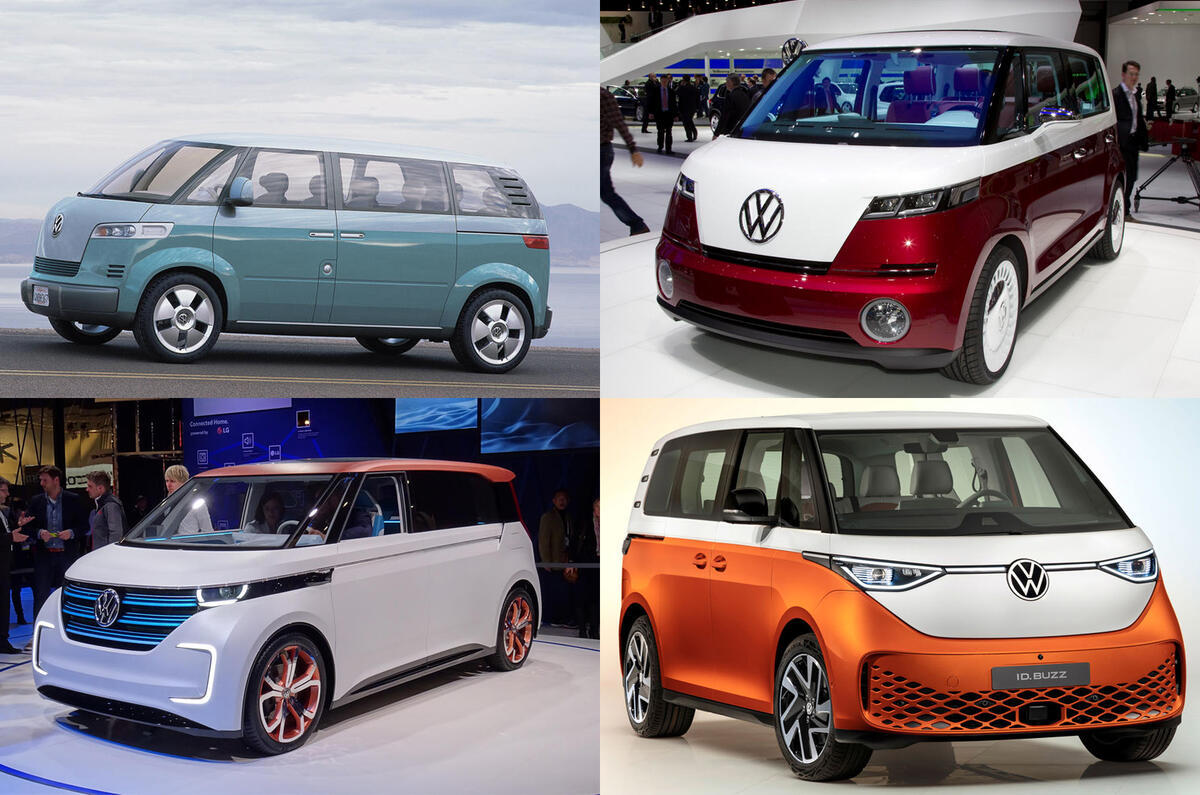
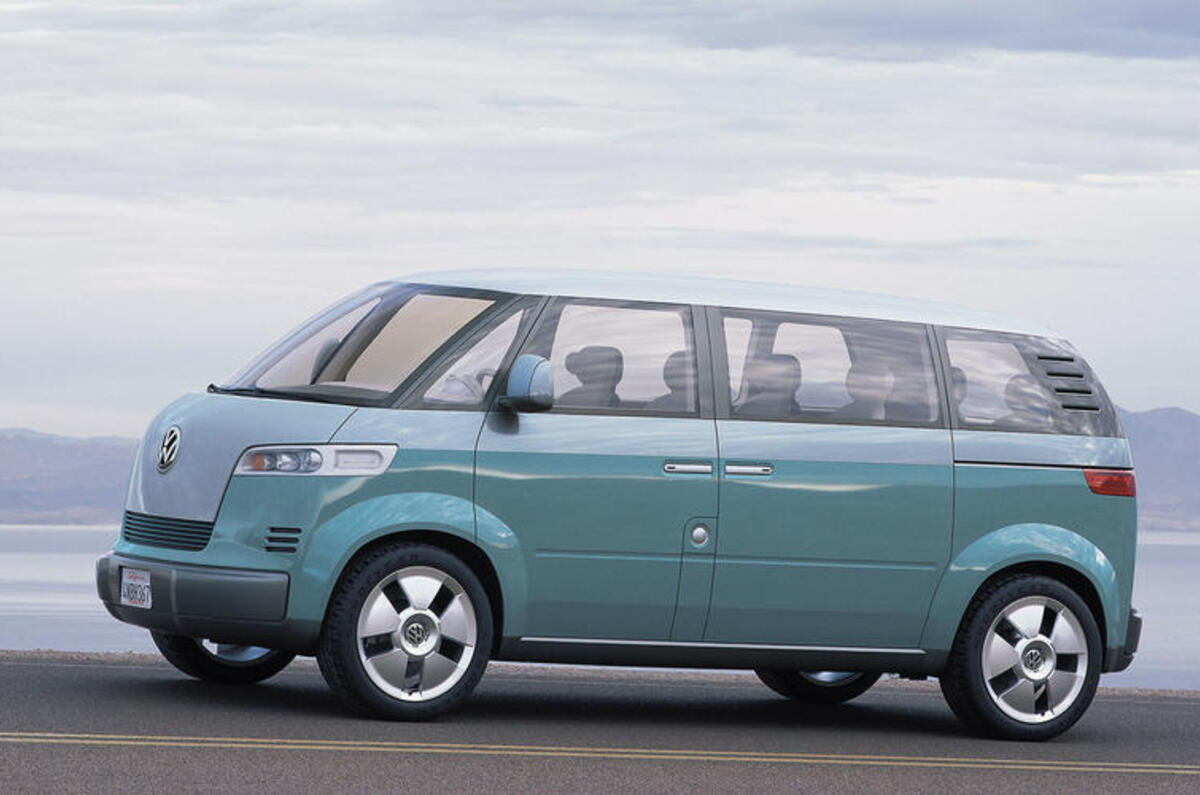
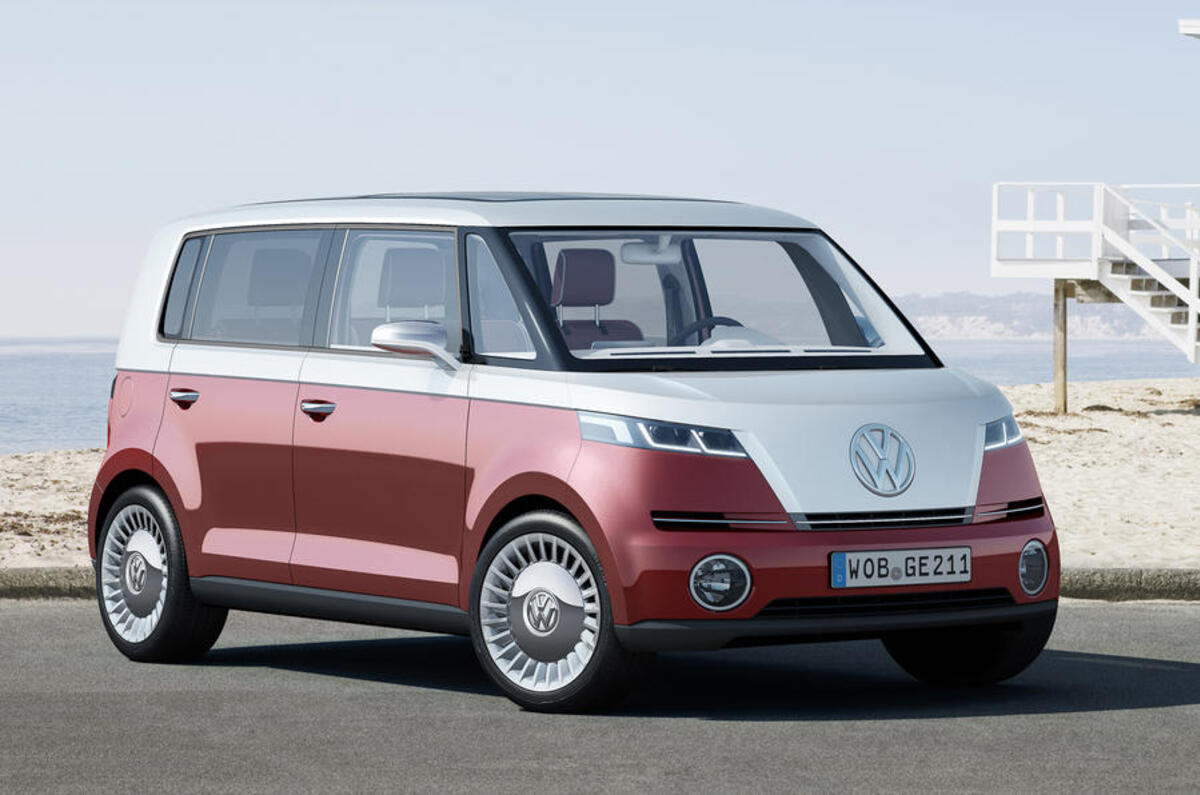
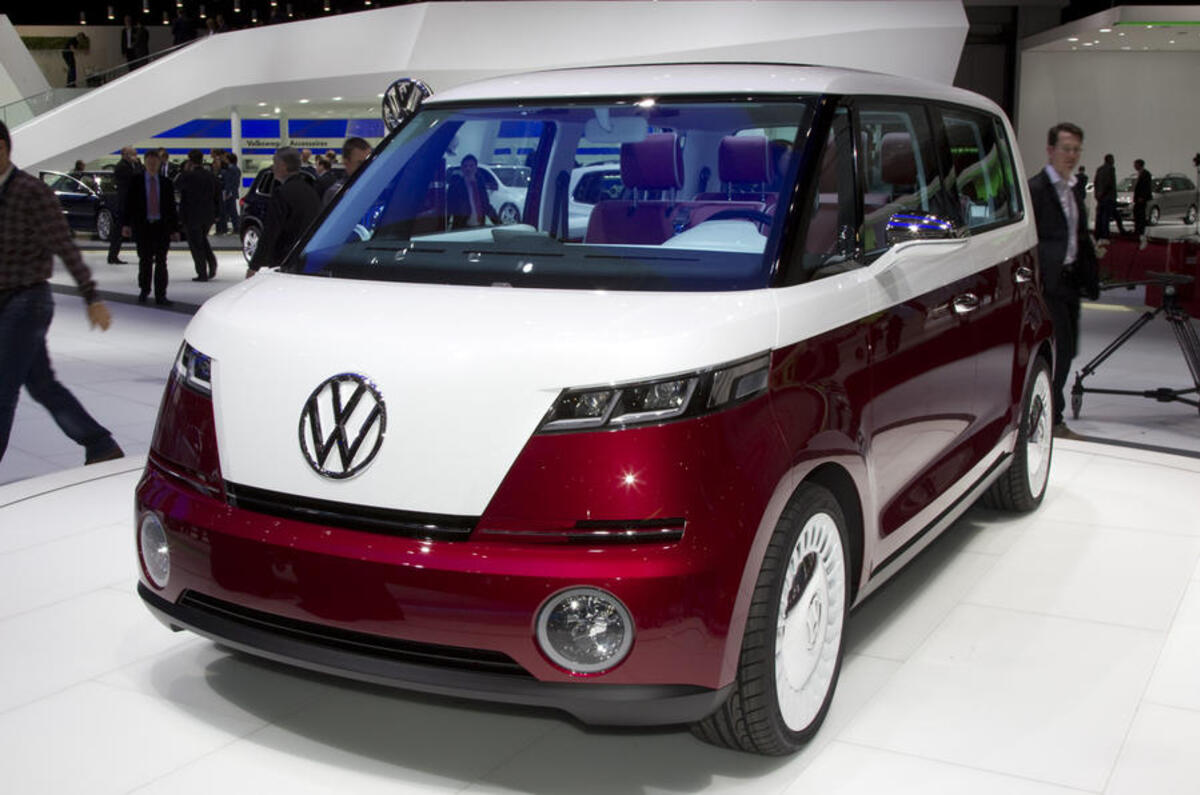
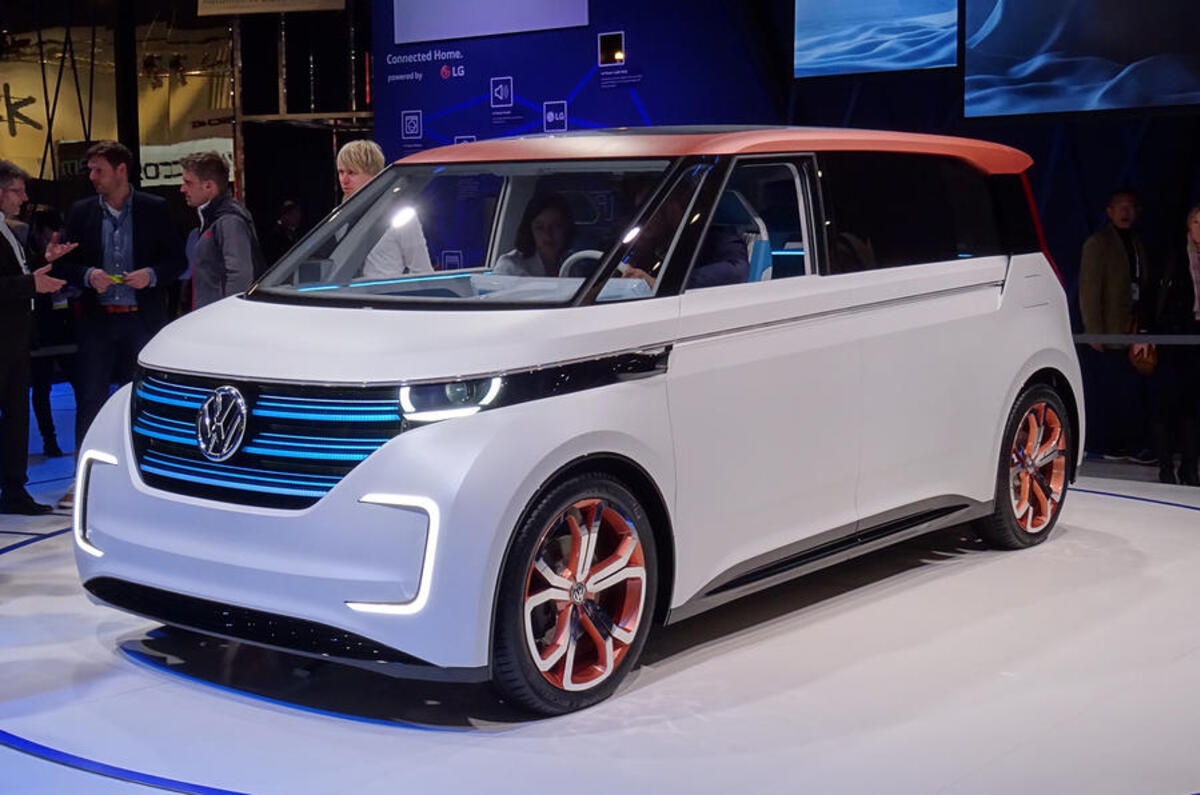
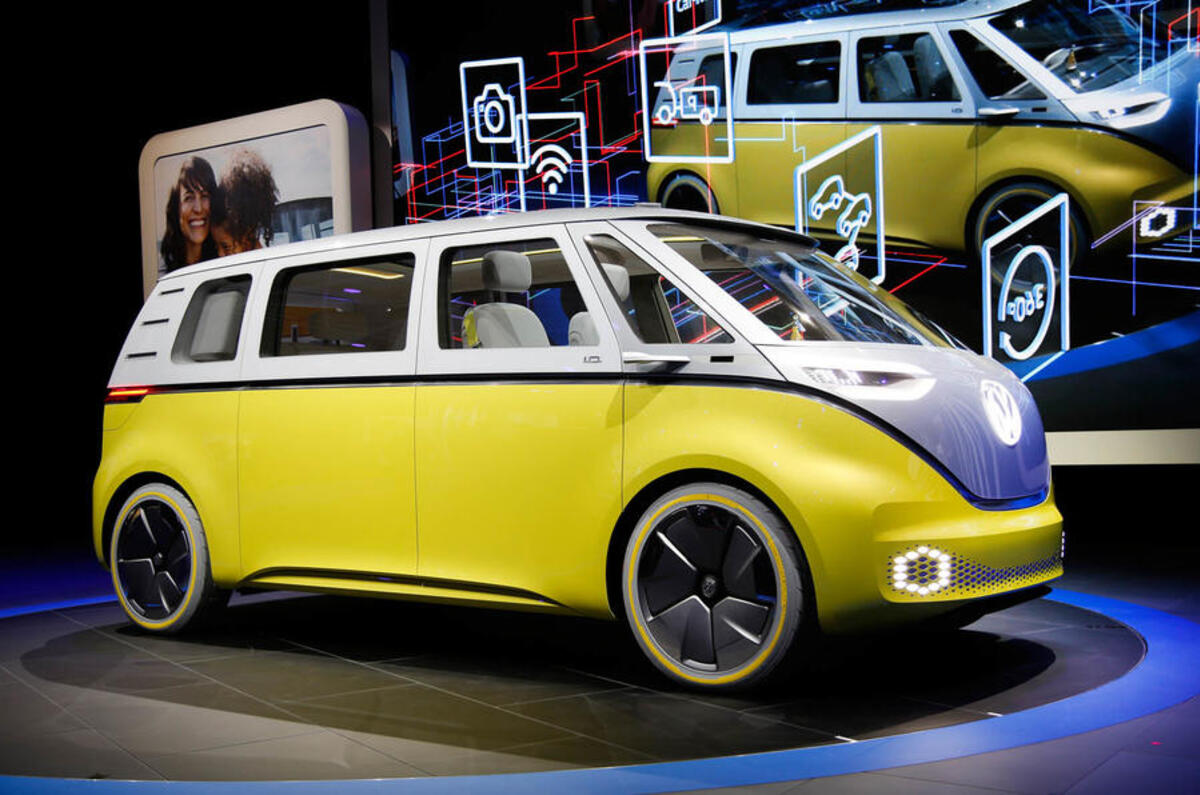

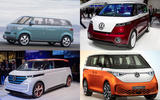
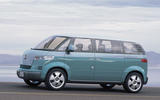
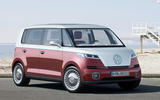
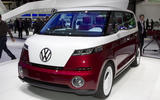
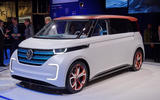
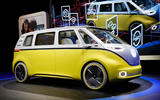



Join the debate
Add your comment
California not getting replaced till 2025 because it still sells well in its present form?